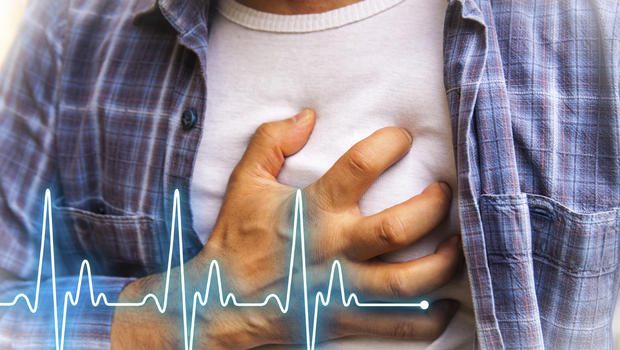Extreme temperatures can exacerbate health concerns for persons with chronic diseases, such as heart, brain, kidney, and muscle disorders. With the temperature rising by the day in the summer, our bodies tend to overheat, resulting in heatstroke, which is mainly caused by extended exposure to or physical effort in high temperatures. This ailment is especially common during the summer.
In the summer, the number of cases of heart failure, heart attacks, and strokes increases. Heart attacks and strokes occur when the normal flow of blood to the heart or brain–the two most critical organs–is disrupted. According to studies, persons suffering from cardiac illness may be especially prone to heat harm. This indicates that if you have a heart issue, you may be at a higher risk.
How does hot weather affect the heart and brain?
According to Dr Sunita Kapoor, Director and Consultant Pathologist at City X-ray & Scan Clinic, “exposure to high temperatures can not only increase the risk of heat stroke and heat exhaustion, but also put the heart at risk.” Heat can strain the cardiovascular system, forcing the heart to work harder. Hot weather also requires your entire body to work harder to maintain a normal core temperature. This increases the workload on your heart, lungs, and kidneys.”
Heatstroke can cause the brain and other essential organs to swell in the absence of a prompt response to a lower body temperature, perhaps leading in lasting damage. As a result, heatstroke can be fatal if not treated promptly and adequately.
Heatstroke -Symptoms, Diagnosis and Treatment
Heatstroke Symptoms
Heatstroke signs and symptoms may include:
- high body temperature
- altered mental state or behaviour
- nausea and vomiting
- dizziness
- fainting
- muscle cramps
- shallow and fast breathing
- a heat rash, an alteration in sweating
- headache
Additionally, flushed skin and edema (swelling) in the ankles are signs. A rectal thermometer reading of 104 F (40 C) or greater is the primary indicator of heatstroke.
Diagnosis
Heatstroke is usually obvious to clinicians, but laboratory testing can also confirm the diagnosis, in addition to ruling out other explanations of your symptoms and analyzing organ damage. Among the diagnostic tests are:
Body temperature: The purpose of this test is to determine your core body temperature. Rectal temperatures are more precise than oral or forehead temperatures. It is the most precise method of estimating core body temperature.
Blood test: This test is used to assess your blood renal function, serum electrolyte levels, and arterial gas content.
Urine test: This is performed to determine the color, specific gravity, and microscopic content of urine, which can be impacted by heat stroke.
In addition to these tests, we must perform an ECG and echocardiography to evaluate and diagnose heart failure. Also, CT or MRI of the brain is done if we suspect stroke in any patient, of which MRI is the investigation of choice.
Treatment
Heatstroke treatment focuses on cooling your body down so that it can return to normal temperature. This is done to protect your heart, brain, and other essential organs from additional injury. Your doctor may take the following actions in this direction:
- Put yourself in chilly water.
- Make use of evaporative cooling processes.
- Pack you with ice and cooling blankets
- Give medications to stop your shivering
If you have heatstroke symptoms, home treatment will not suffice. You should seek immediate medical attention. In the event of a minor heat emergency, such as heat exhaustion or heat cramps, the affected individual can seek shade or air conditioning, cool off with moist blankets and a fan, take a cool shower or bath, and rehydrate with fluids and ORS. Make sure you don’t drink sugary or alcoholic beverages to rehydrate.
If you suspect a person is suffering from heat stroke, respond quickly and provide him or her medical treatment. While you wait for assistance, you can shift the individual into the shade or indoors, remove unnecessary clothing, and cool the patient using whatever techniques are available. The good news is that heatstroke can be predicted and avoided. Those with cardiac issues should stay cool by watching weather forecasts, drinking water every 20 minutes when outside, avoiding soda or fruit juice, limiting alcohol, and covering their skin.
Source:Itv







 Finance
Finance







